⏱️ 澳洲幸运10体彩开奖结果秒级更新!幸运澳洲10官网历史记录+168结果号码智能分析。官方数据精准可靠,开奖直播+历史查询全覆盖!23 WHERE THERMAL SOLUTIONS CAN MAKE THE DIFFERENCE - EMBRACING THE OPPORTUNITIES OF TODAY AND TOMORROW

HIGH TECH

GREEN TECH

CONVENTIONAL

SERVICE

Digitalisation

Big Data Storage

Energy Transition

Carbon Capture & Storage

Resource Efficiency

Energy Demand

Megacities & Smart Buildings

Life Cycle Extension
Optimising energy efficiency and reducing environmental impact
🚀168澳洲幸运10开奖结果官网直播【高清无延迟】| 澳洲10官网+幸运十历史结果 Innovative heat exchange solutions
💎 168澳洲幸运10官方开奖结果直播实时推送!澳洲10官网同步更新幸运十历史结果,体彩开奖记录完整归档。结果号码精准验证,数据来源100%可靠!14 Digitalisation, green transition of industries and growing populations with rising standards of living demand sustainable solutions. In nearly all industries, heat exchangers play a pivotal role for efficient process operation. Heat rejection and heat recovery are essential to increase the overall efficiency of cooling and heating systems.
Kelvion’s portfolio provides a broad range of heat exchange solutions that helps to drive the goal of a more sustainable future.












